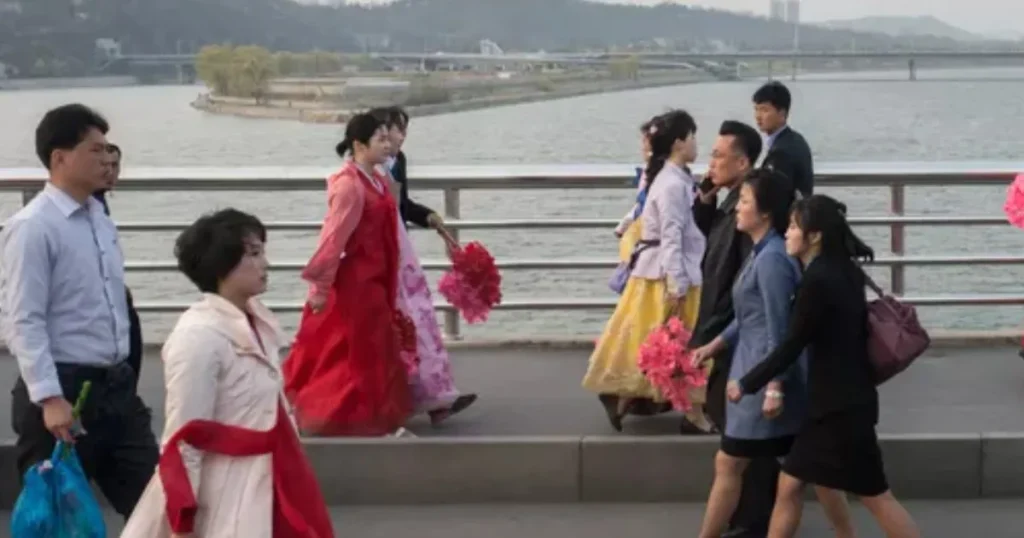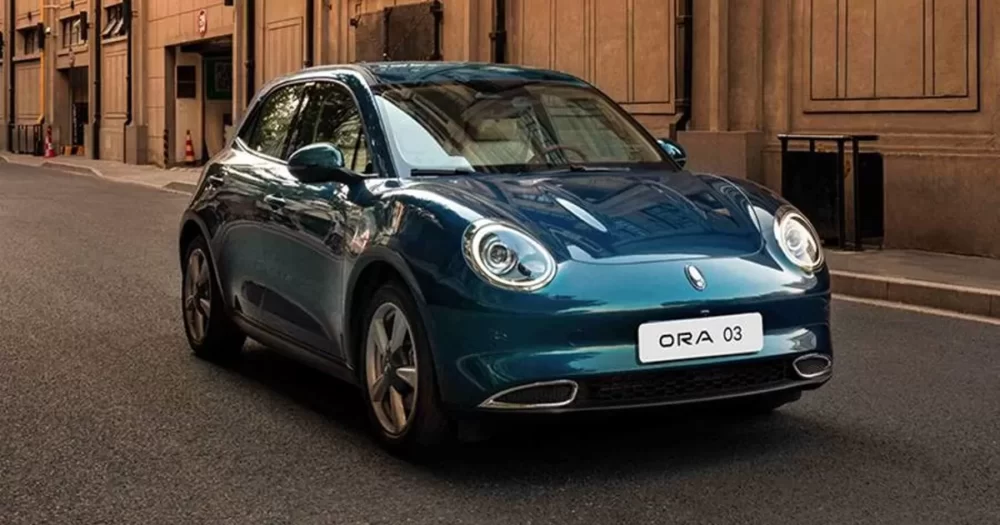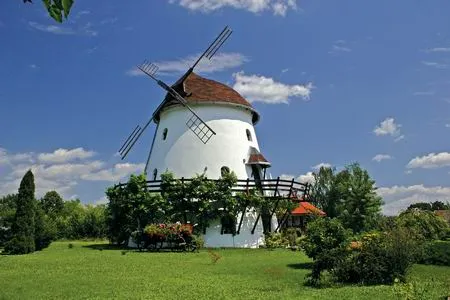

Exploring Vojvodina. Part 1
Drawing its name from « Voyvod », highest rank in the military, Vojvodina is since January 1, 2010 an autonomous septentrional province of Serbia
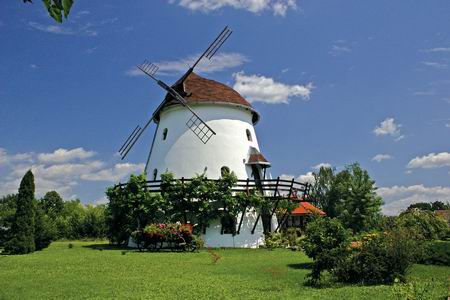 Drawing its name from « Voyvod », highest rank in the military, Vojvodina is since January 1, 2010 an autonomous septentrional province of Serbia, extending to the West, North and East of the capital Belgrade, distant of 10-30 km. It lies in the Southern part of the Pannonia plain crossed by the Danube and Sava rivers.
Drawing its name from « Voyvod », highest rank in the military, Vojvodina is since January 1, 2010 an autonomous septentrional province of Serbia, extending to the West, North and East of the capital Belgrade, distant of 10-30 km. It lies in the Southern part of the Pannonia plain crossed by the Danube and Sava rivers.
The population of about 2 million reflects various ethnic and cultural diversities : 25 ethnic groups, 6 official languages (Serbian, Croatian, Slovenian, Hungarian, Romanian and Ruthenian).
Serbs represent 70 %, Hungarians 14 %, others 16 %. Orthodox 69 %, Catholic 19 %, others 12 %.
NOVI SAD
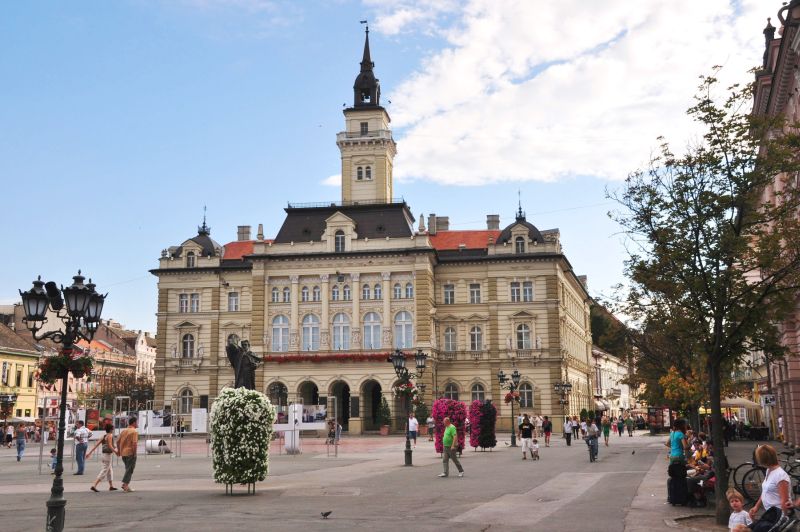 The capital with its 286000 inhabitants lies on the Western bank of the Danube.
The capital with its 286000 inhabitants lies on the Western bank of the Danube.
The city centre is Liberty Square (Trg Svobode) with the 1939 statue of Svetozar Miletic, political leader and former City Mayor (1826-1901), in font of the neo-Renaissance style City Hall.
Facing it, the neo-Gothic Roman Catholic church of the Name of Saint Mary built in 1895 on the site of a small church from 1742.
Local people call it the « Cathedral », but the local bishop is based in Subotica (see below).
Zmaj Jovina is the former main street stretching from Liberty Square to the Bishop’s Hall built in 1901 by Vladimir Nikolic. Next to it stands the statue by Dragan Nikolic of J.J . Zmaj, a physician and poet.
The main pedestrian thoroughfare is Dunavska Street lined by shops and the City Museum and Library. It leads from Zmaj Jovina to Danube Park, the most attractive in the city with the romantic Swan’s Lake in its heart.
The city is dominated from the other bank of the Danube by the overpowering mass of the Petrovaradin Fortress, nicknamed the Gibraltar on the Danube.
Built by the Austrians according to French Marquis Sebastien Vauban’s plans.
The foundation stone was laid in October 1692 and completed in 1780.
It could hold a garrison of 4000 soldiers, 2000 tons of gunpowder and 400 cannons.
It covers an area of 112 hectares and houses numerous buildings, including the Novi Sad City Museum and the famous clocktower of Ludwig’s Bastion, the key tourist attraction with its adjacent panoramic terrace affording breathtaking views of the Danube and the city.
The clock is unlike all others, the hour hand being longer than the minute hand.
There are also underground military galleries and tunnels on 4 floors with a total length of more than 14 km.
Crossing the Danube from the modern city, the access is through the lower fortress or SUBURBIUM , a small residential town which was used as a military and administrative centre.
A stone stairway of 214 steps leads from St Jury’s Baroque monastery church (1701-1714) to Ludwig’s Bastion through which one reaches the Upper Fortress.
Jacques CAMPE
Достопримечательности Россия
Лучшие тематические парки развлечений в Европе
В Европе расположены одни из ведущих в мире парков развлечений с захватывающими дух аттракционами.
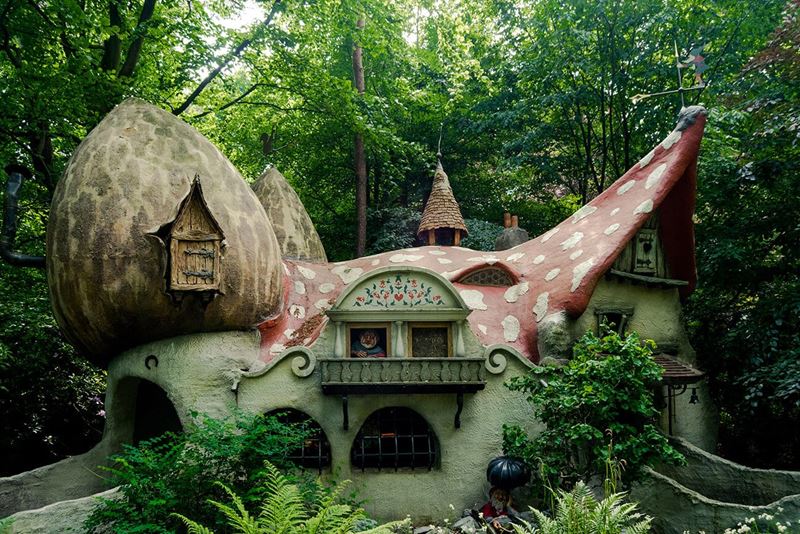
Мы расскажем вам о парках, которые в последние годы демонстрируют наибольший рост посещаемости, а также выясним, почему некоторые из ведущих парков продолжают оставаться столь успешными.
1. Диснейленд-парк, Диснейленд Париж, Франция — посещаемость 9 930 000 человек
Парк Диснейленд является флагманским объектом курорта Disneyland Paris, и его проверенные временем аттракционы привлекают большое количество гостей. К ним относятся «Мир тесен», «Гора Большого Грома», «Пираты Карибского моря» и «»вездные войны», «Гиперкосмическая гора».
В 2021 году в парижском Диснейленде была введена новая программа обеспечения доступности, предоставляющая персональную автономию посетителям с ограниченными возможностями и особыми потребностями.
«Наша новая программа доступности — это важный шаг вперед в нашем стремлении обеспечить доступность Disneyland Paris, позволяющий каждому гостю ощутить магию парка Disneyland и Walt Disney Studios Park», — сказал Даниэль Делькур, старший вице-президент Disneyland Paris.
В 2022 году парижский Диснейленд отметил свое 30-летие.
В 2023 году парк объявил о ряде мероприятий и обновлений, посвященных компании Pixar. Среди них — новая комната по мотивам фильма Disney и Pixar «Лука» (2021 г.) в ресторане Pizzeria Bella Notte и преобразование ресторана Fuente Del Oro в мексиканской тематике во Frontierland в Casa de Coco — Restaurante de Familia по мотивам фильма Disney и Pixar «Коко» (2017 г.).
2. Европа-парк, Германия — посещаемость 5 400 000 человек
Самым загруженным тематическим парком Европы, не принадлежащим компании Disney, является Europa-Park в Германии. В 2019 году семья Мак, владеющая парком, приступила к осуществлению самой крупной инвестиции — строительству долгожданного аквапарка Rulantica.
Построенный на сумму около 180 млн. евро, этот преимущественно крытый объект выполнен в привлекательной скандинавской тематике. Некоторые из его горок и аттракционов являются первыми в своем роде в Германии. Объект площадью 32 600 кв. м непосредственно связан с шестым тематическим отелем курорта Europa-Park — Krønasår. В 2021 году к «Рулантике» добавился еще один отель — «Свальгурок».
В целом именно внимание к деталям делает Europa-Park таким привлекательным местом для посещения. Аттракционы и развлечения распределены по тематическим зонам, представляющим 18 европейских стран. В 2020 году в парке была открыта многомиллионная реконструкция аттракциона «Пираты Батавии».
Недавно в парке появилась новая концепция развлечений — Eatrenaline.
3. Эфтелинг, Нидерланды — посещаемость 5 430 000 человек
Следующим в списке лучших тематических парков Европы является Эфтелинг. В 2019 году посещаемость тематического парка №1 в Нидерландах составила 5,4 млн. человек. Однако за последние 10 лет этот сказочный парк, расположенный неподалеку от Тилбурга, продемонстрировал исключительные результаты: в начале десятилетия его посещаемость выросла с 4 млн. человек в год.
Эфтелинг также ввел 365-дневный календарь работы и вторую деревню отдыха, Loonsche Land. Все это способствовало росту числа посетителей и формированию международного профиля.
Поклонники темных аттракционов высоко оценили аттракцион Symbolica, который был открыт в 2017 году. Кроме того, большие надежды возлагаются на предстоящий перезапуск классического аттракциона Droomvlucht («Полет мечты»). В то же время подводная горка Baron 1898 компании B&M заслуживает внимания не только благодаря великолепному тематическому оформлению, но и благодаря захватывающим ощущениям.
ДостопримечательностиКультура, ТрадицииМаршрутыОбзорыСтатьи по странам Россия
Кострома музейная. Путешествие в мир цыганской культуры и быта
Колорит и таинственность, пестрые юбки, браслеты, звенящие бусы и черные локоны, лошади, романс, гитара, кочевая кибитка…. Все это можно сказать про цыган — отдельную цивилизацию, существующую много веков параллельно нашей…
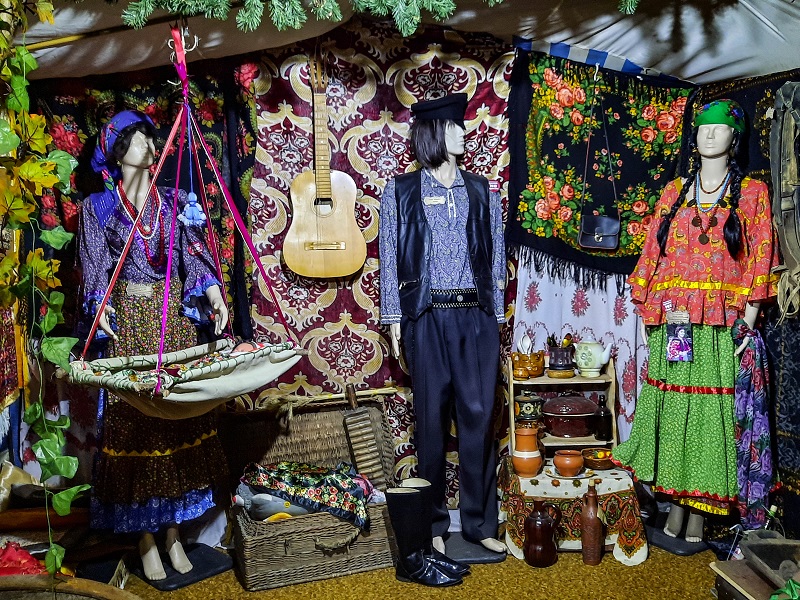
Почему они не смешались с народами, среди которых жили? Что мы о них знаем? То, что они с рождения прекрасно поют и танцуют, больше жизни любят лошадей, что они находчивы, хитры, вороваты, живут табором. Не много, практически ничего!
На сегодня это единственный кочевой народ, у которого нет своей страны, но, не смотря на это, у этого народа есть столица, хоть и не официальная (г.Сороки в Молдавии), есть свой гимн и свой флаг. И это, наверное, единственный народ, сохранивший при своей разрозненности язык, культуру и традиции, а еще почти не меняющиеся многие годы детали одежды, украшения и свои эталоны красоты.

С удивлением узнала, что этот народ – выходец из Индии. Яркие цвета, бусы из монет, множество украшений – все это отголоски народной праздничной одежды индусов. В наше время, цыган можно встретить во всех городах, странах и на всех континентах, говорят они на разных языках, впитывая диалекты и обогащая свой язык и традиции опытом тех народов, на территории которых они проживают.
Душу цыган сложно постичь без глубокого погружения в истоки зарождения этого народа, не послушав их песен и не увидев их танцев. Лирика цыганского народа стала знакомой всему миру через их проникновенные голоса, их веселье и задор. Ну а танцы — шумные, яркие, раскованные, с летящими подолами пышных юбок и звоном монет на груди у танцовщиц, стали символом радости и свободы изначально на ярмарках и праздниках, а сейчас на конкурсах среди профессиональных хореографических коллективов.
Кстати, подарком от цыган для нас является романс. Мне кажется, нет человека на земле, душу которого не трогает удивительно глубокая мудрость текста и задушевная музыка романса.

Сегодня прикоснуться к традициям этого загадочного народа можно приехав в Кострому. Именно в этом русском городе создан единственный Музей цыганской культуры и быта.
Коридоры музея, его комнаты заполнены предметами, одеждой, фотографиями, картинами, которые отражают тысячелетнюю историю народа, представители которого, рассыпались по миру как бусины одного ожерелья.
Хранитель музея, Андреев Сергей Борисович, эмоционально расскажет о том, чего мы не знаем — взаимоотношения цыган с коренными народами разных стран, традиционные занятия цыган, влияние европейской моды на цыганский костюм, их вклад в музыкальную культуру и кинематограф Европы и, конечно, России.

От входа — небольшой коридор истории СССР. Все экспонаты коридора – старые фотографии и документы, показывающие, как цыганам жилось в Стране Советов. А еще – история. Геноцид цыган во время многочисленных войн и особенно II Мировой. Солдаты Великой Отечественной. Хоть и нет у цыган своей страны – они шли воевать за СССР, становились Героями.

Отдельная экспозиция посвящёна театру «Ромэн», в котором о Костромском музее, хорошо знают. Здесь собраны костюмы, афиши, билеты, программки, фотографии. Среди экспонатов есть театральный костюм, лично подаренный Сергею Борисовичу народным артистом СССР, руководителем театра Николаем Сличенко. Из последних поступлений — наряд цыганки принадлежащей к касте котляров. Традиционное занятие этой касты не гадание и не лошади. Это ремесленники — кузнецы и лудильщики посуды.
Дальше – типичная цыганская комната, где всё, как положено — золотые чайные чашки, комоды, шкафы и неизменное пианино.

А еще в музее есть уголок с книгами, на полках собраны самоучители, словари и азбуки. И в финале сюрприз для посетителей – уголок цыганского театра кукол, представления которого увлекают не только детей, но и взрослых.

Основатель музея медленно, шаг за шагом погружает посетителей в тот мир, которого мы совсем не знаем. В мир, который он бережно хранит. Мир, который заслуживает внимания и который просто необходимо сохранить для будущих поколений. Ведь это наша история и она заслуживает бережной памяти.
Адрес музея: Кострома, ул. Козуева д. 3/46
Телефон: 8 (4942) 50 17 34
ДостопримечательностиОбзорыСтатьи по странамТранспорт Россия
Маршруты путешествий по стране в формате «поезд-отель»
Любите путешествовать на поезде? РЖД предлагает туристам разные маршруты путешествий по стране в формате «поезд-отель».
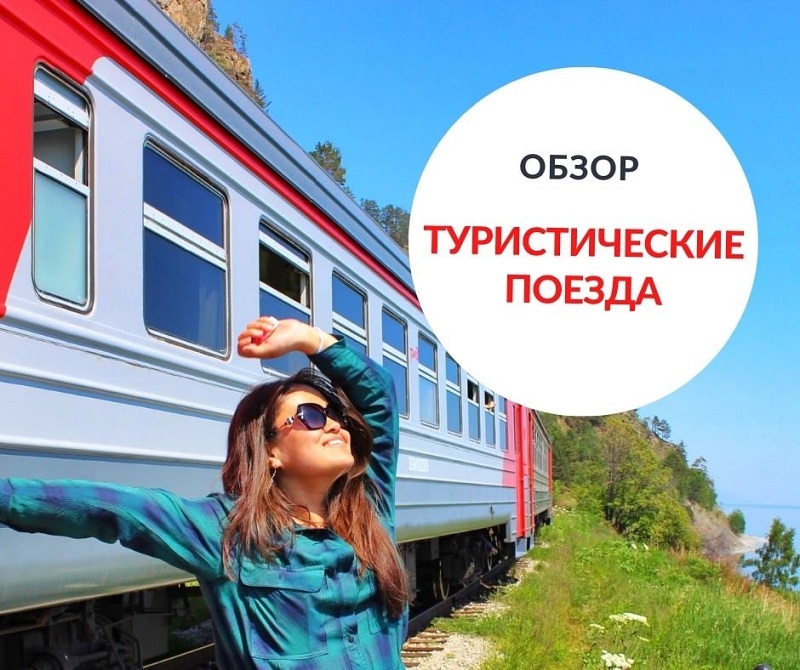
Пассажиры туристических поездов могут спланировать свою экскурсионную программу самостоятельно или в пути у проводника оформить отдельные экскурсии. Мы собрали лучшие маршруты в одной подборке. Сохраните себе и не забудьте поделиться с друзьями.
«Сочи»
Поезд № 927/928
Туапсе – Сочи – Гагра (Абхазия)
Тур в Абхазию можно совершить на 1 день или 2 дня/1 ночь. Автобусные экскурсии по Абхазии можно приобрести во время поездки у проводника.
Все вагоны поезда оформлены в ретро стиле времен СССР.
«Серебряный маршрут»
Поезд № 924/923
Москва – Псков – Великий Новгород – Рыбинск – Ярославль – Москва
Красоты древних русских городов вы увидите всего за одни выходные.
«Жемчужина Кавказа»
Москва – Майкоп – Нальчик – Грозный – Махачкала – Дербент – Кисловодск – Москва
За 7 дней поездки можно увидеть побережье Каспийского моря, горные пейзажи, знаменитое озеро Казеной, мечеть «Сердце Чечни», Сулакский Каньон, Эльбрус, древний Дербент и другие красоты.
«В Карелию»
Поезд № 928/927
Москва – Петрозаводск – Сортавала – Выборг – Москва
На участке пути от станции Хелюля до Сортавала туристический поезд будет следовать на паровозной тяге.
«В Сибирь»
Поезд 926/927
Москва – Казань – Тюмень – Тобольск – Пермь – Москва
5 ночей/6 дней. Доступны вагоны классов «Люкс» и «купе». Туристы смогут посетить музей-заповедник «Казанский Кремль», термальный СПА-курорт в Тюмени, туристский комплекс «Абалак» в Тобольске и другие интересные объекты.
«Цветущая степь»
Москва – Ростов-на-Дону – Элиста – Москва
За 4 дня тура путешественники смогут увидеть не только интересные города с самобытной культурой, но и станут свидетелями уникального явления – цветения калмыцкой степи.
При написании использовались материалы публикации https://t.me/trip2rus2/81

 Статьи по странам2 месяца назад
Статьи по странам2 месяца назадОсень на Камчатке: советы для поездки в сентябре

 Полезные советы2 месяца назад
Полезные советы2 месяца назадСтюардесса дала полезные советы по безопасности в путешествиях
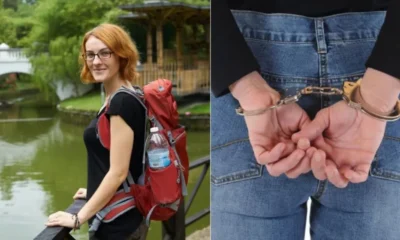
 Обзоры2 месяца назад
Обзоры2 месяца назадСколько лет тюрьмы могут теперь получить туристы на Бали за просроченные визы

 Обзоры2 месяца назад
Обзоры2 месяца назадМарии Кожевниковой жестко ответили по поводу её возмущения аэропортом в Сочи
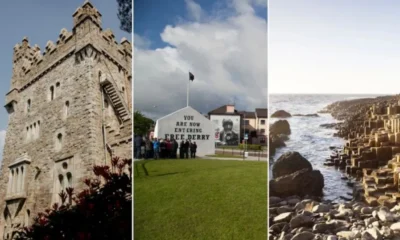
 Маршруты2 месяца назад
Маршруты2 месяца назад5 маршрутов, показывающих все лучшее в Ирландии

 Маршруты2 месяца назад
Маршруты2 месяца назадОсень в Воронежской области: незабываемое автопутешествие для всей семьи












